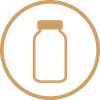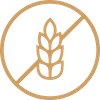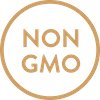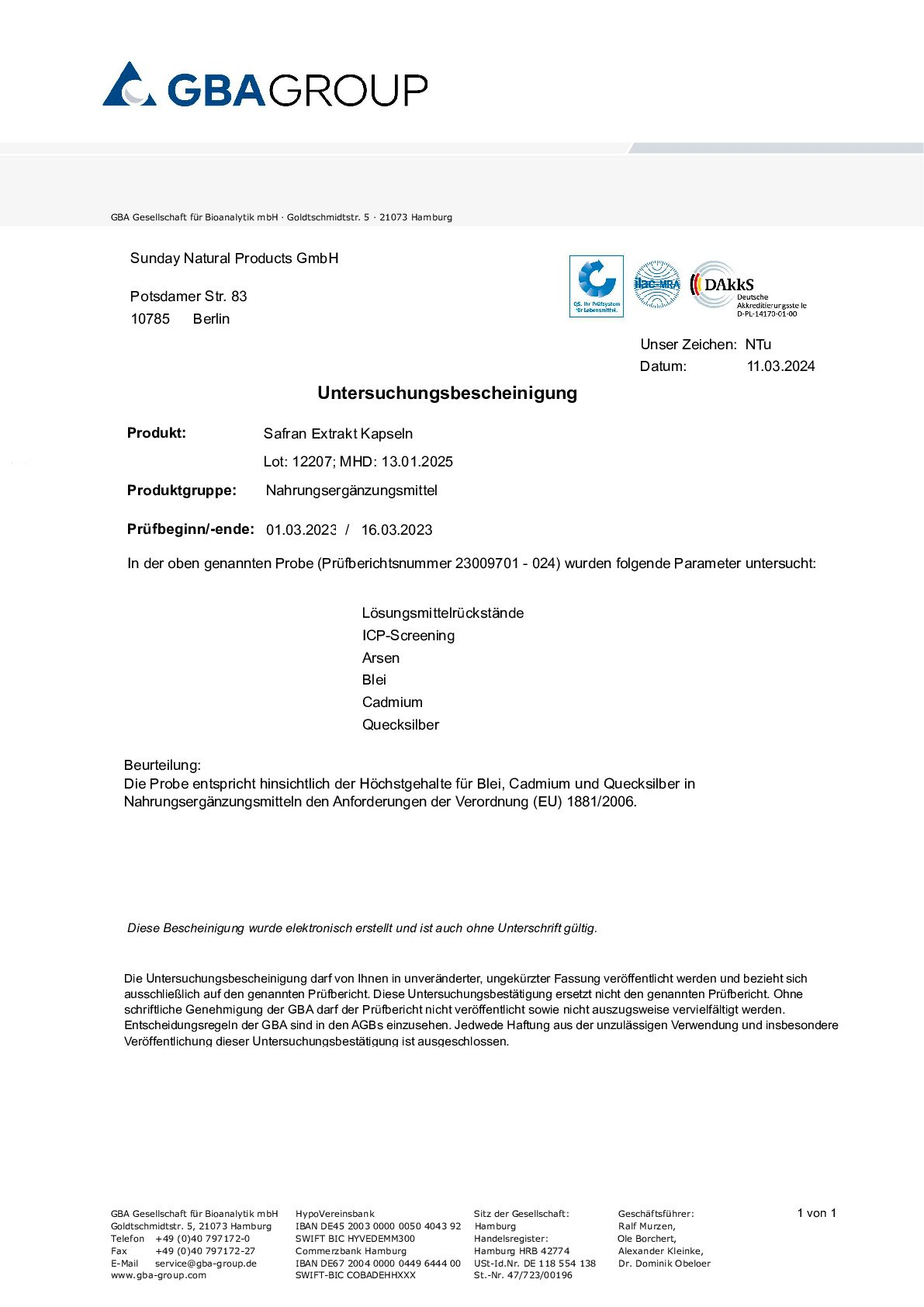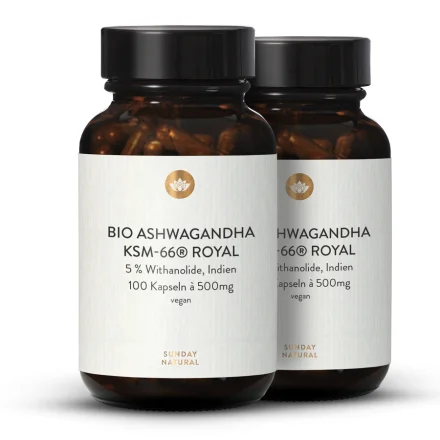Saffron is considered the most noble, aromatic and precious spice in the world. However, it is not only used in cooking, but has also had an important role in the traditional botany of many cultures for hundreds of years.
Saffron is obtained from the dried threads of the crocus blossom Crocus sativus. Today, the harvesting of threads is still done by hand. About 200,000 blossoms have to be harvested to produce just 1kg of saffron, making it one of the rarest spices in the world.
The phytochemical composition of saffron is well-researched and has so far revealed over 150 present in the spice, of which less than 50 are currently identified and over 34 are terpenes. The most important active ingredients are safranal, crocin, crocetin and picrocrocin as well as the flavonoids kaempferol, quercetin and naringenin. Crocins are water-soluble carotenoids and are responsible for saffron's yellow shade. Picrocrocin is the glycoside of safranal and gives the fresh plant its bitter taste. Drying it, however, causes its conversion into safranal, a monoterpenic aldehyde, which is then responsible for the spice's unique aroma. Additionally, various tannins and anthocyanins have been detected in saffron.














